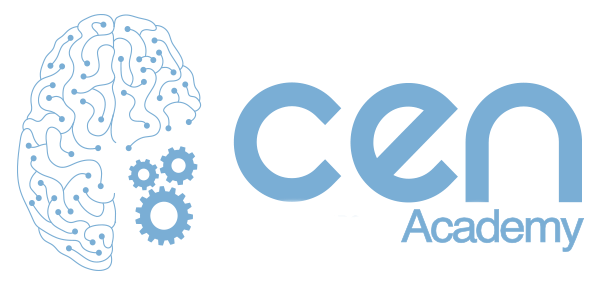Neuroplasticity, the ability of the central nervous system (CNS) to reorganize and adapt after an injury, is not a uniform process. It is critical to understand that this reorganization predominantly follows a “north-to-south” pattern—from higher brain regions like the motor cortex down to the brainstem and spinal cord—rather than “east-to-west,” which would imply more superficial or lateral connections at a single anatomical level, at the cortex.
This distinction underscores that true recovery does not rely on “building new connections between neighboring muscles” (a common assumption behind stretching or isolated muscle exercises). Instead, it hinges on the restoration and enhancement of descending motor tracts, the foundational highways of movement.
True Plasticity Lies in the Improvement of Motor Tracts
- Corticospinal Tract: This is the most critical pathway for precise, voluntary movements, such as writing or buttoning a shirt. It directly links the motor cortex to spinal motor neurons and is indispensable for fine motor control. However, it is also the most vulnerable tract in cases of stroke or neurological injury.
- Reticulospinal Tract: When the corticospinal tract is compromised, the reticulospinal tract often compensates, taking on a dominant role. Unfortunately, its plasticity is less specific, leading to involuntary, synergistic movements or spasticity if left unchecked. Still, it is vital for foundational movements like posture and gross motor control.
- Vestibulospinal Tract: Responsible for balance and postural stability, this tract is remarkably resilient to damage and continues to function even when others are impaired. Its plasticity is critical for restoring stability during standing or walking.
Why is “North to South” So Important?
- Cortical Reorganization Drives Descending Circuits: After a brain injury, it is the “top-down” reconnection that determines whether motor patterns are functionally restored. By targeting interventions that stimulate the cortex and descending motor pathways, we directly promote the recovery of trunk and limb control.
- Efficient Rehabilitation: Rehabilitation focused on «north-to-south» recovery (from the brain to the spinal cord) leads to functional, meaningful improvements. In contrast, strategies centered solely on muscles do not influence the improvement of the motor tracts and voluntary control of movement by the patient.
Practical Strategies to Drive “North-to-South” Plasticity
- Task-Specific Training: Engaging patients in goal-directed, functional tasks—such as reaching and grasping objects—activates multiple motor tracts simultaneously, encouraging their reorganization.
- Sensorimotor Feedback: Leveraging technologies like virtual reality or robotics provides precise, real-time feedback that strengthens the connection between brain activity and motor output.
- Repetitive, Specific Stimulation: Intensive, repetitive movements targeting precise patterns (e.g., fine motor pinching or postural adjustments) reinforce plasticity in the most critical descending tracts, particularly the corticospinal tract.
The Central Nervous System Perspective
Movement is not a product of isolated muscle contractions but of integrated, distributed neural circuits orchestrating the body. After a neurological injury, the focus should not be on «strengthening muscle X» or “increasing range of motion” but on retraining the brain and spinal cord to regain control over the body. The plasticity we seek is not superficial but deep, vertical, and hierarchical. It is about restoring the descending command structure that defines functional movement.
In short, neurorehabilitation must shift from treating symptoms to reshaping systems. Real recovery comes from rebuilding the «north-to-south» axis, enabling patients to reclaim their ability to move efficiently and purposefully.
José López Sánchez
CEO @ Centro Europeo de Neurociencias | Intensive Therapy Specialist

